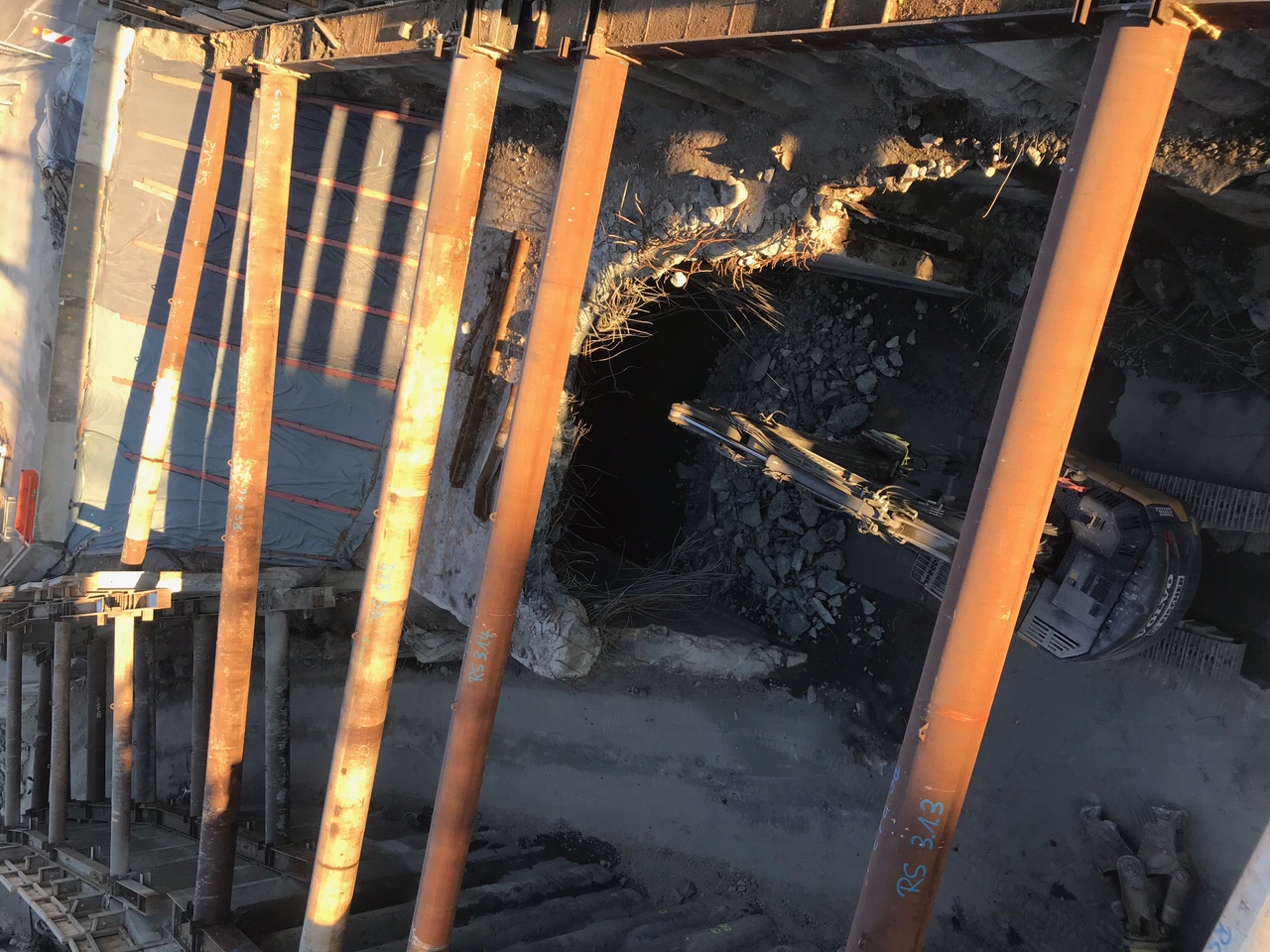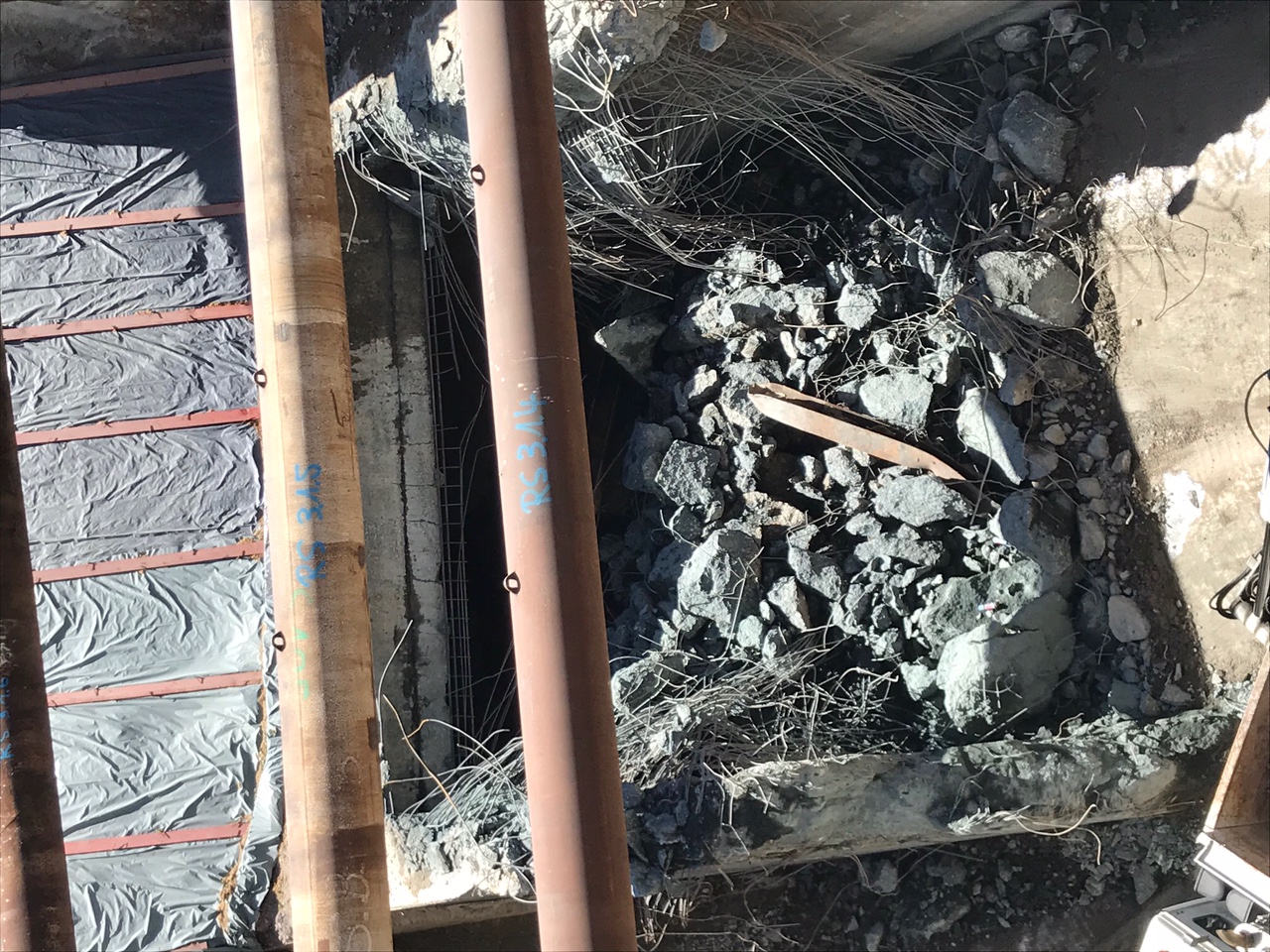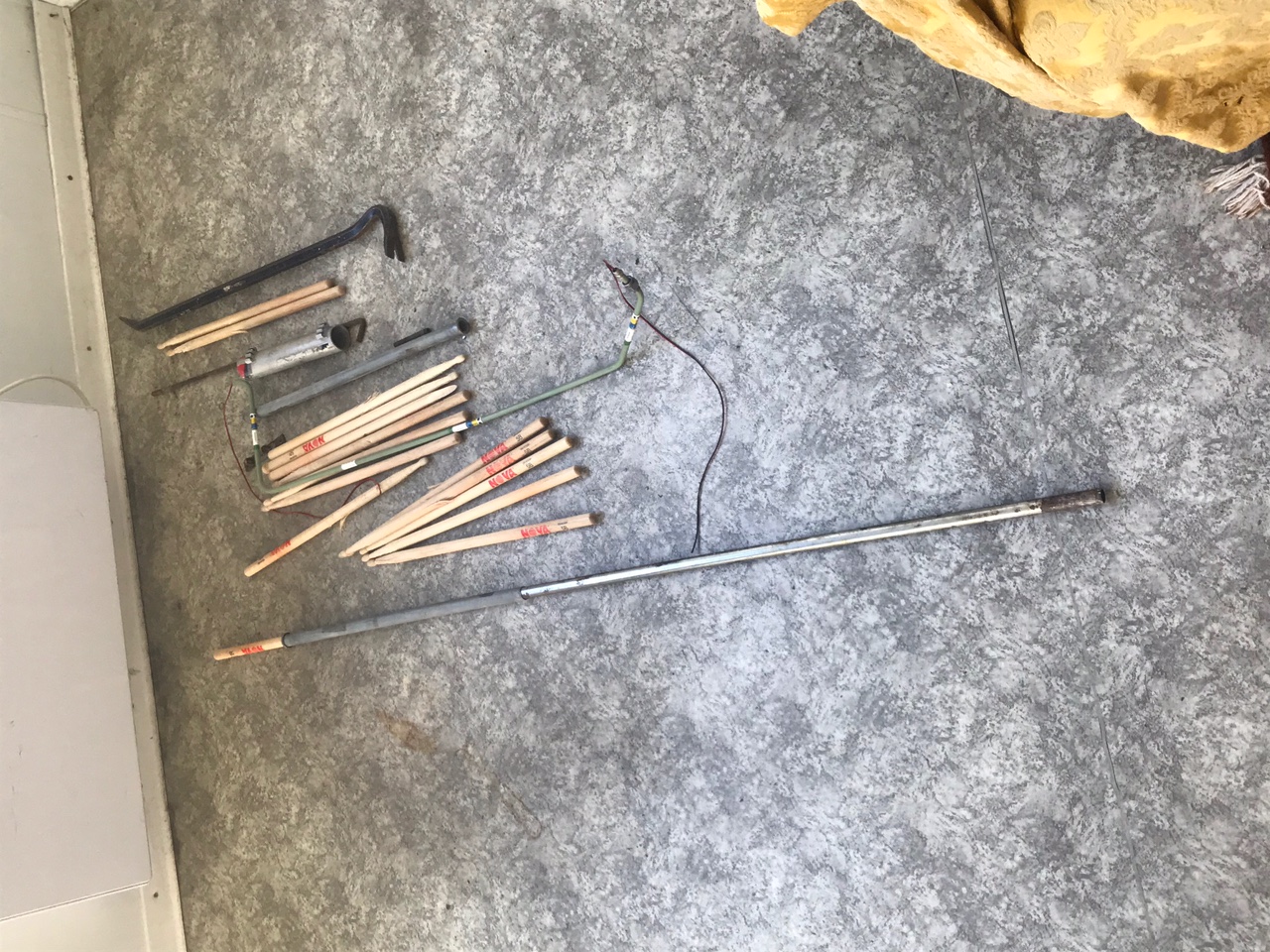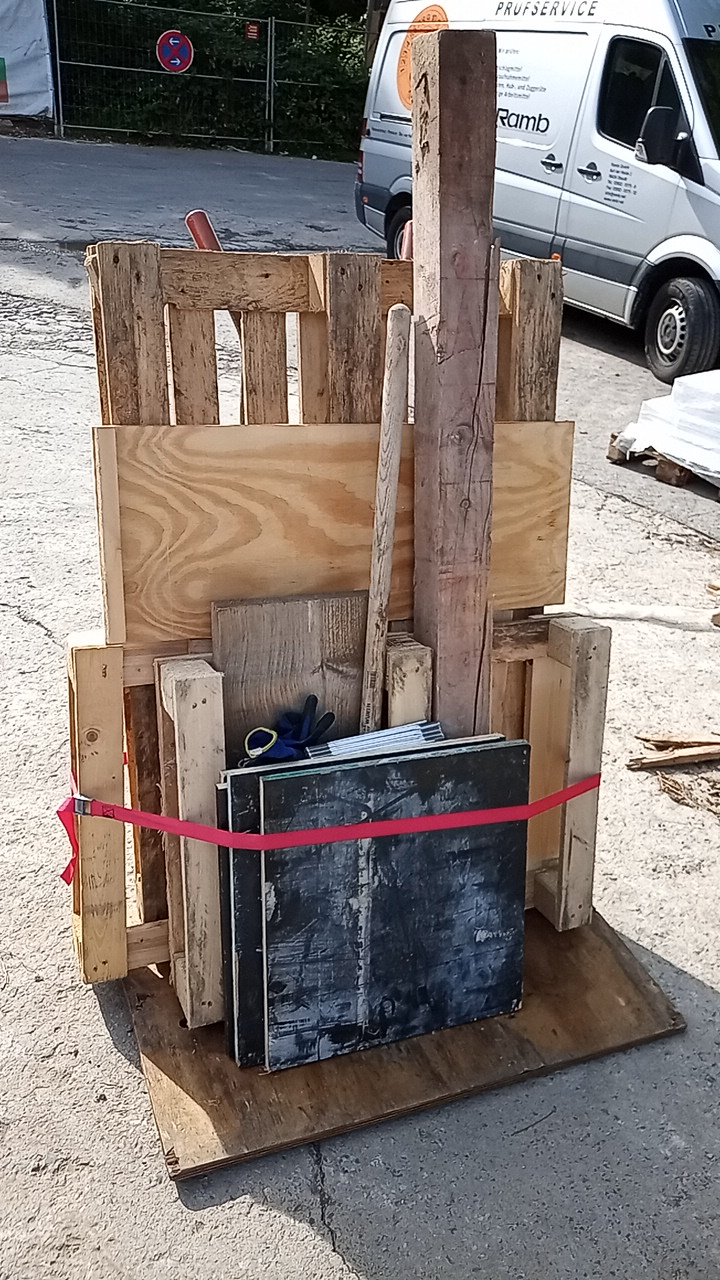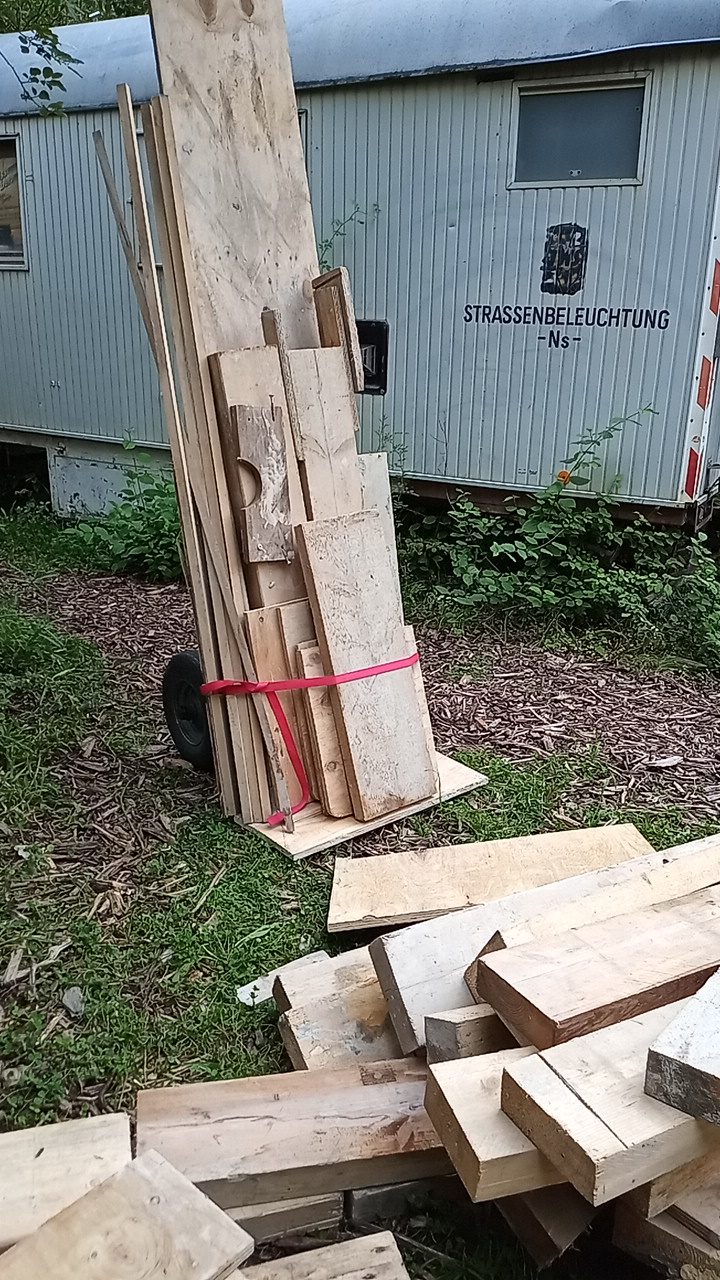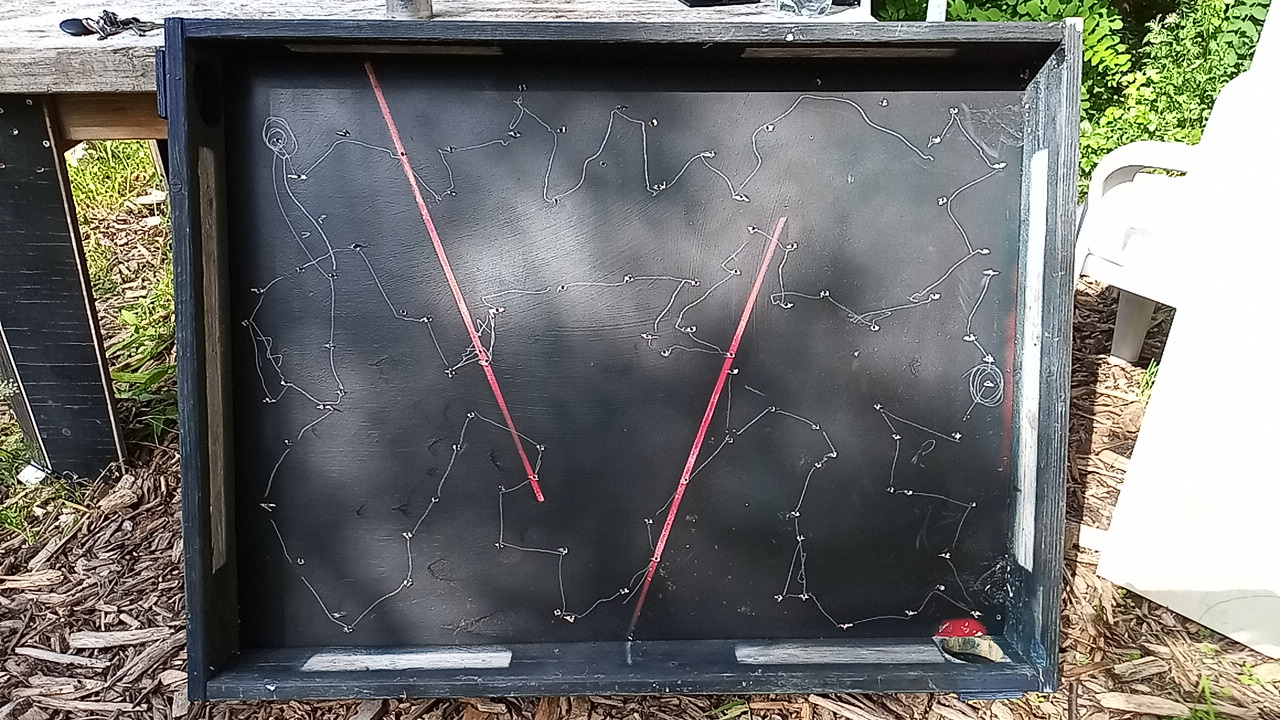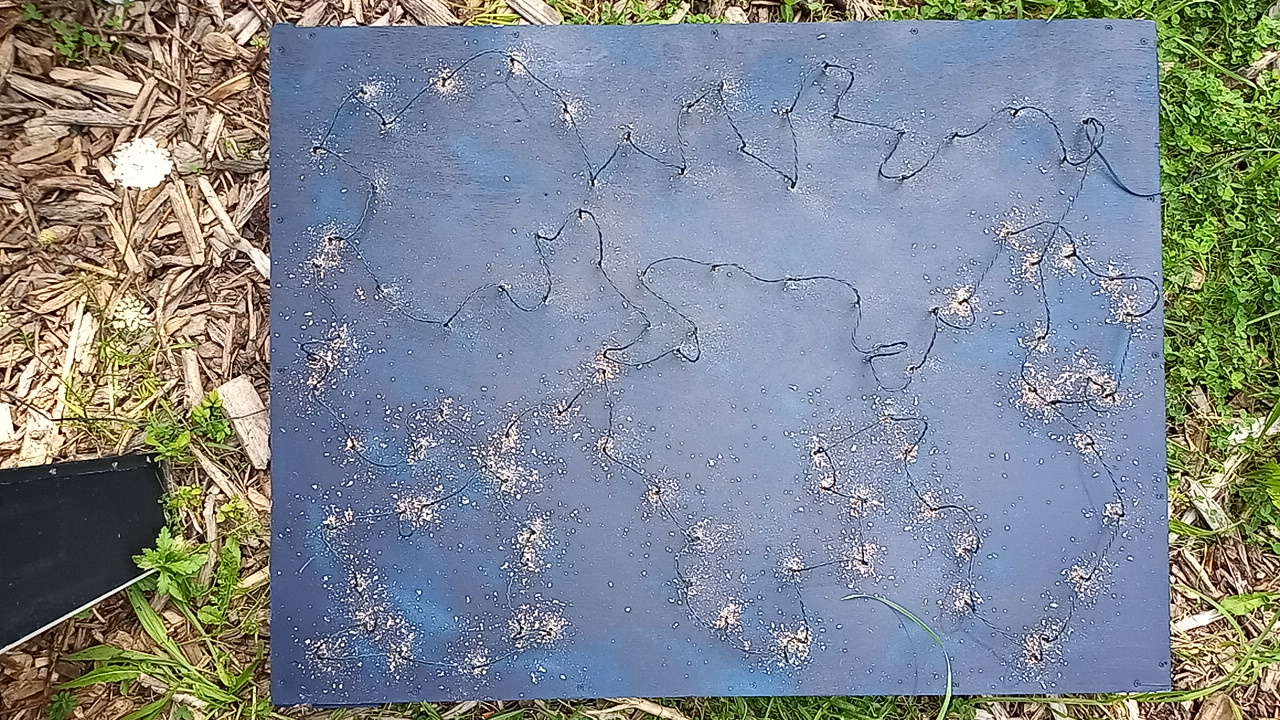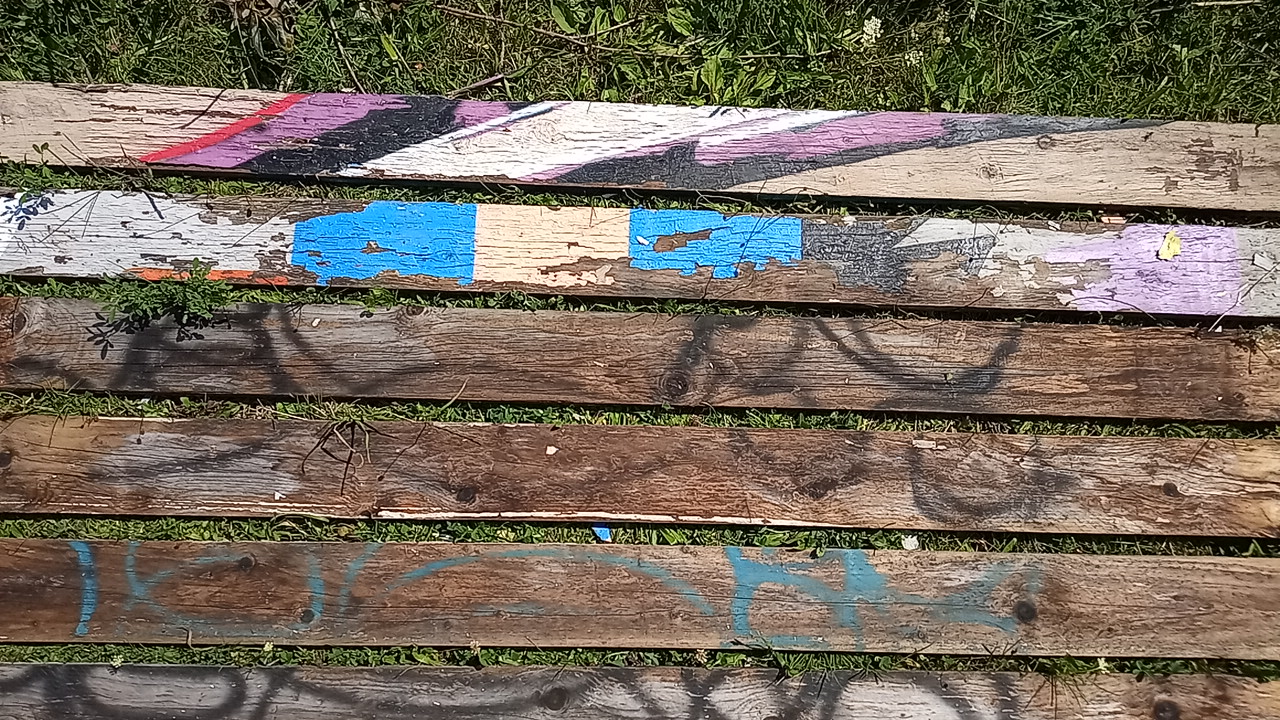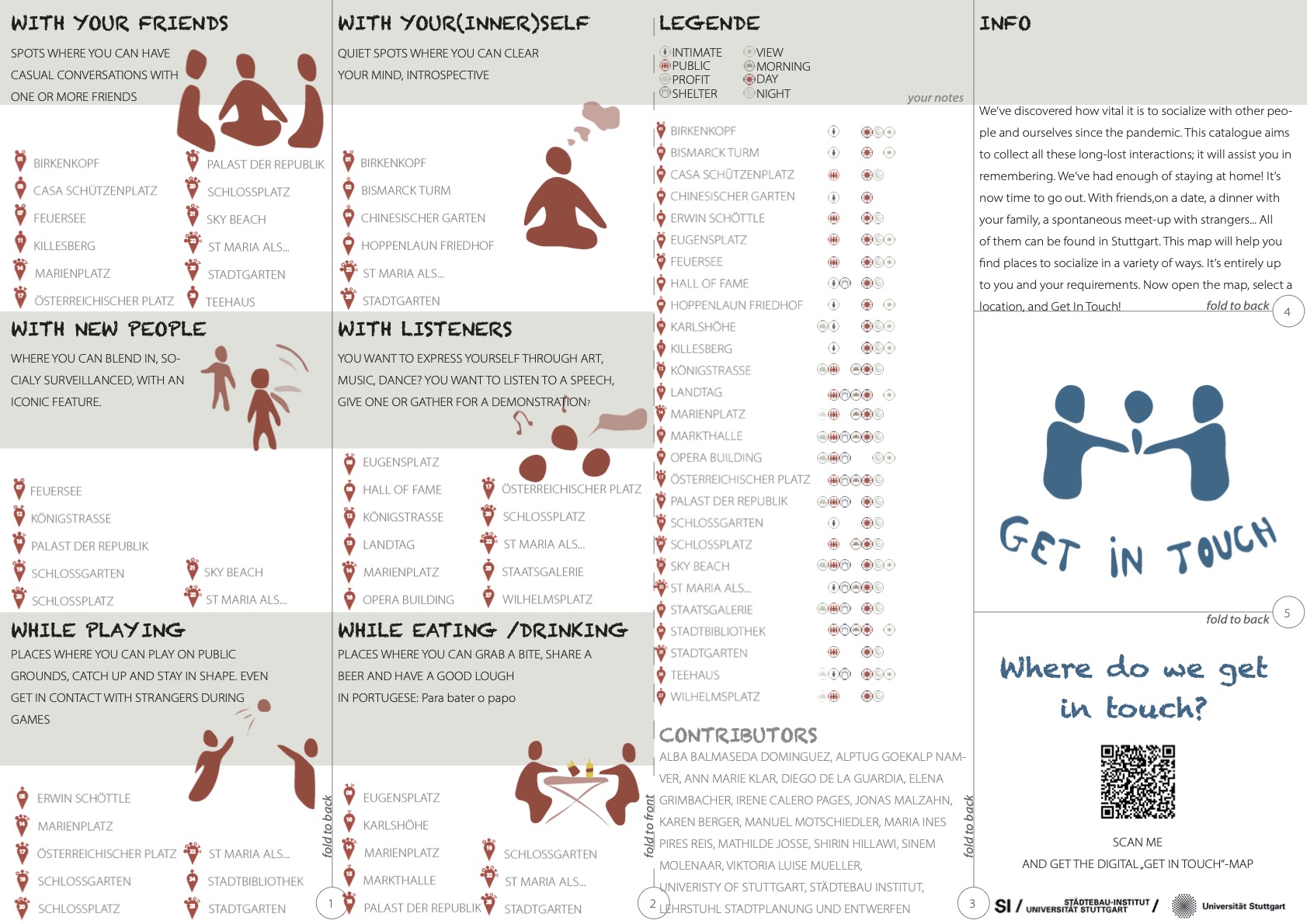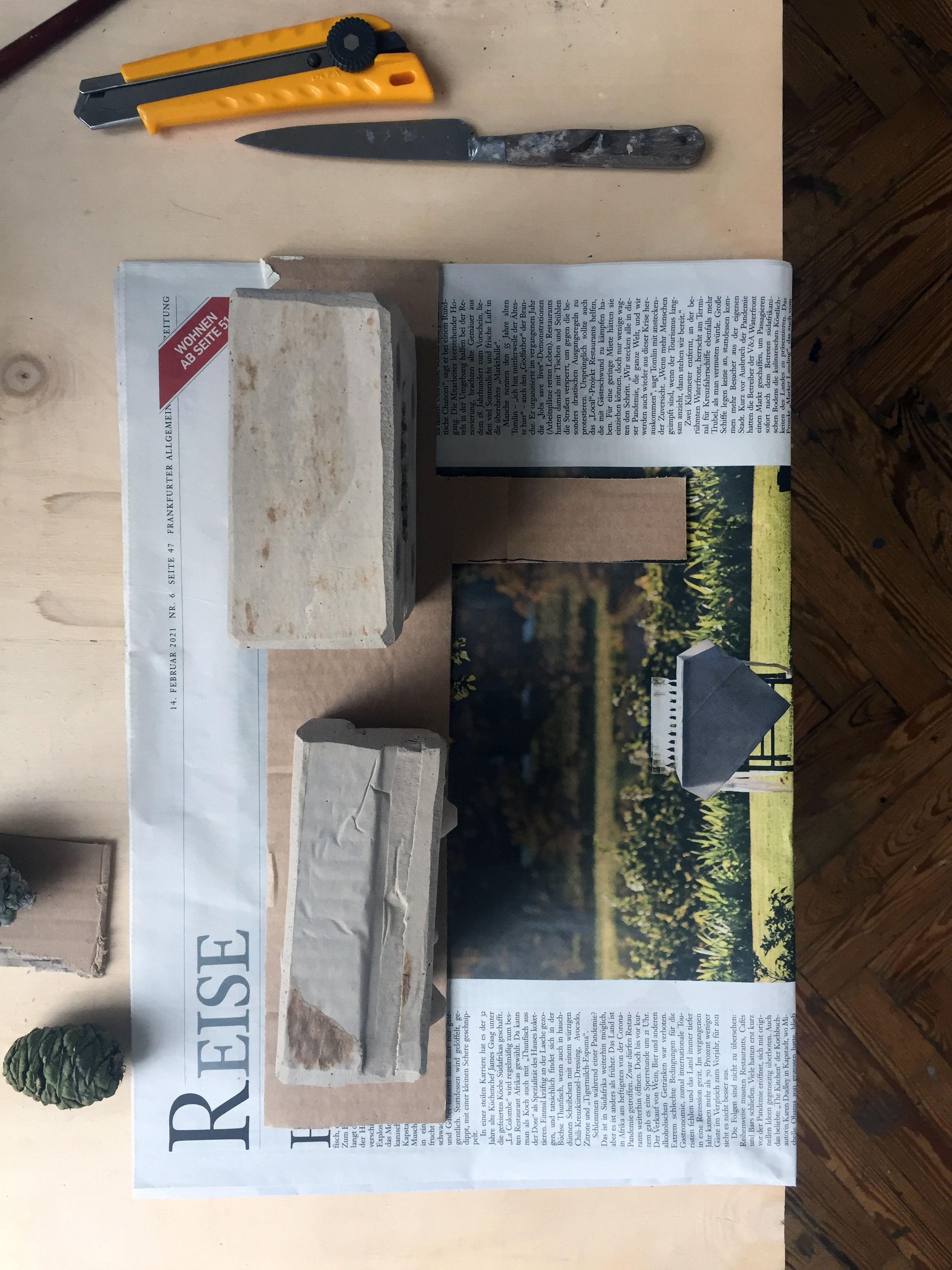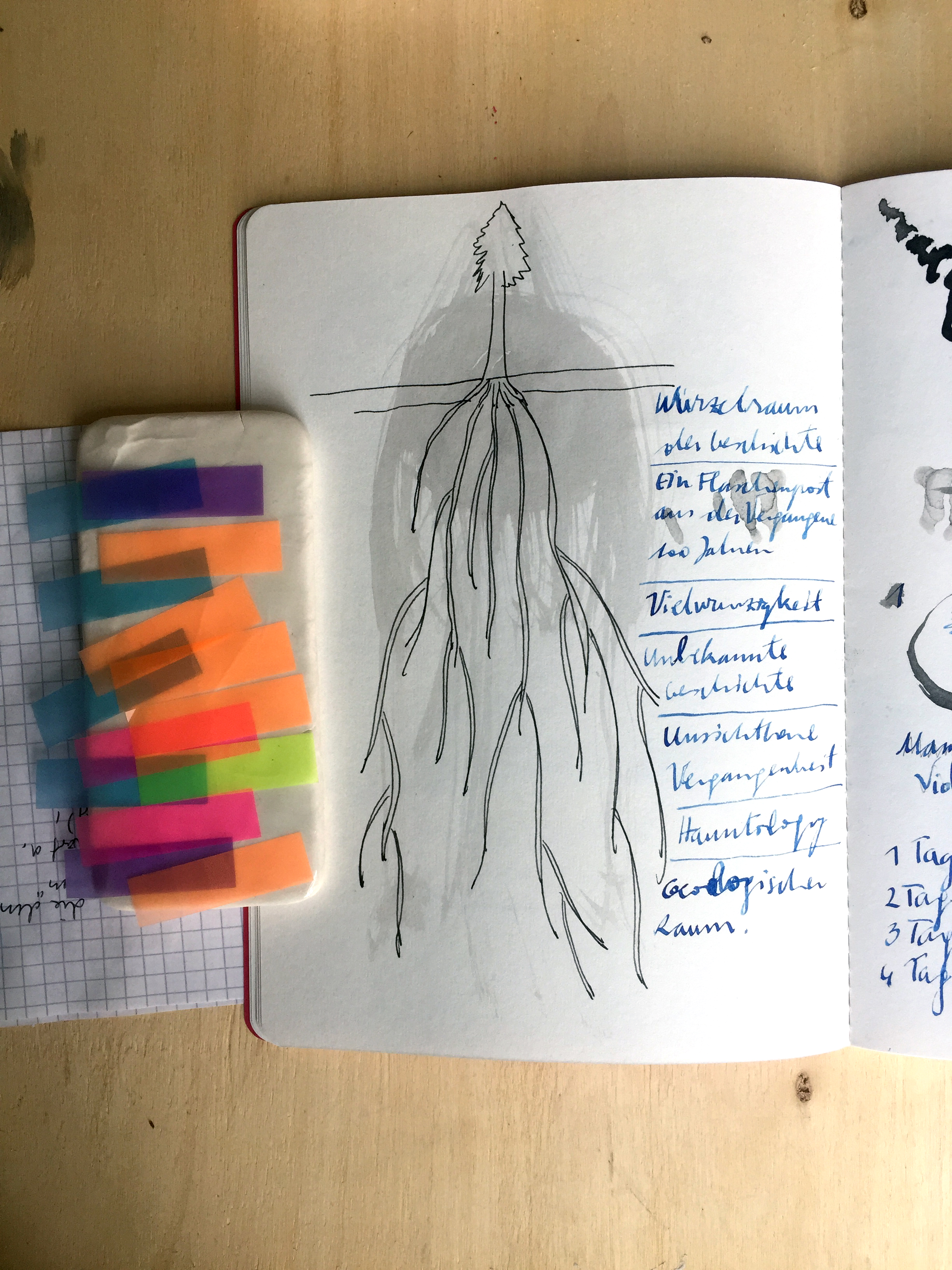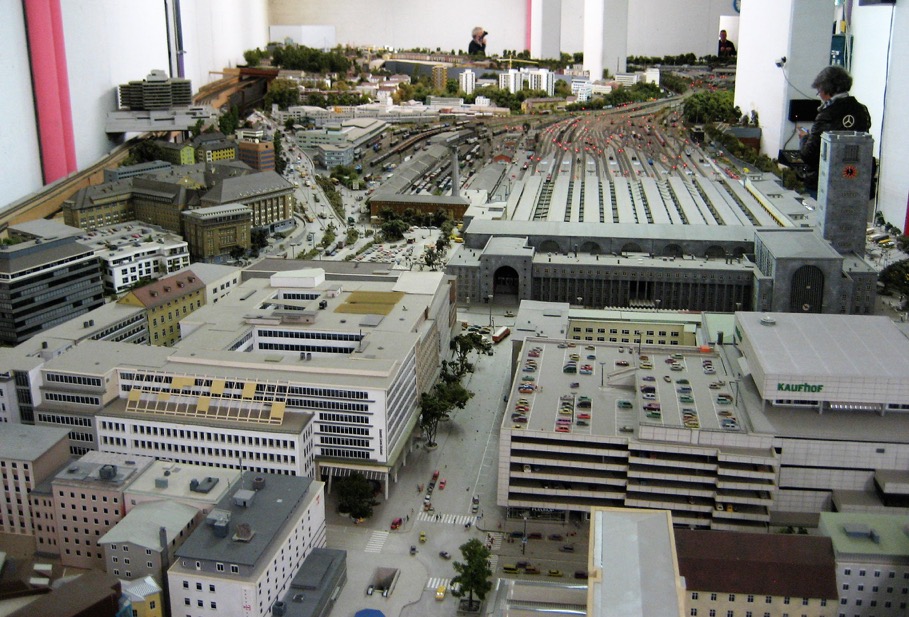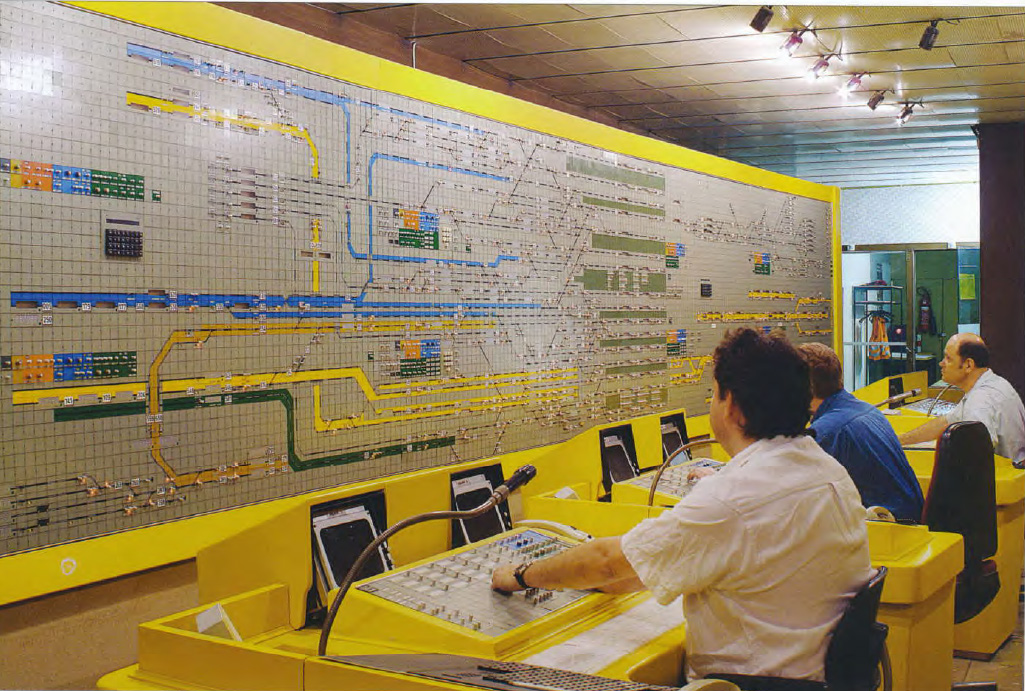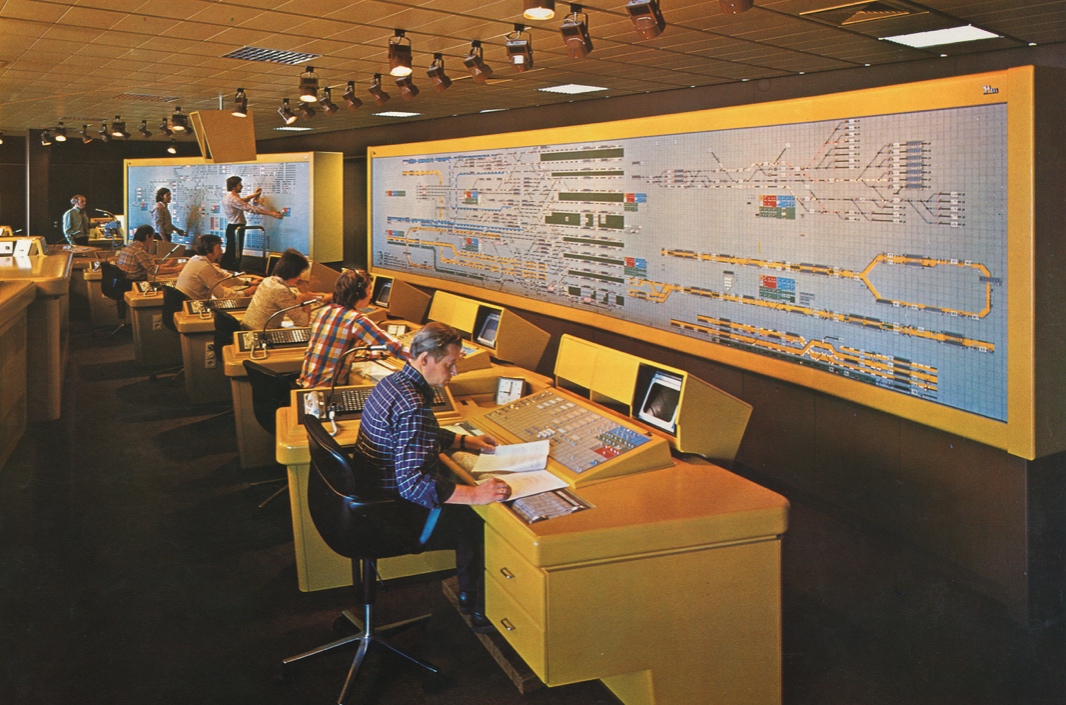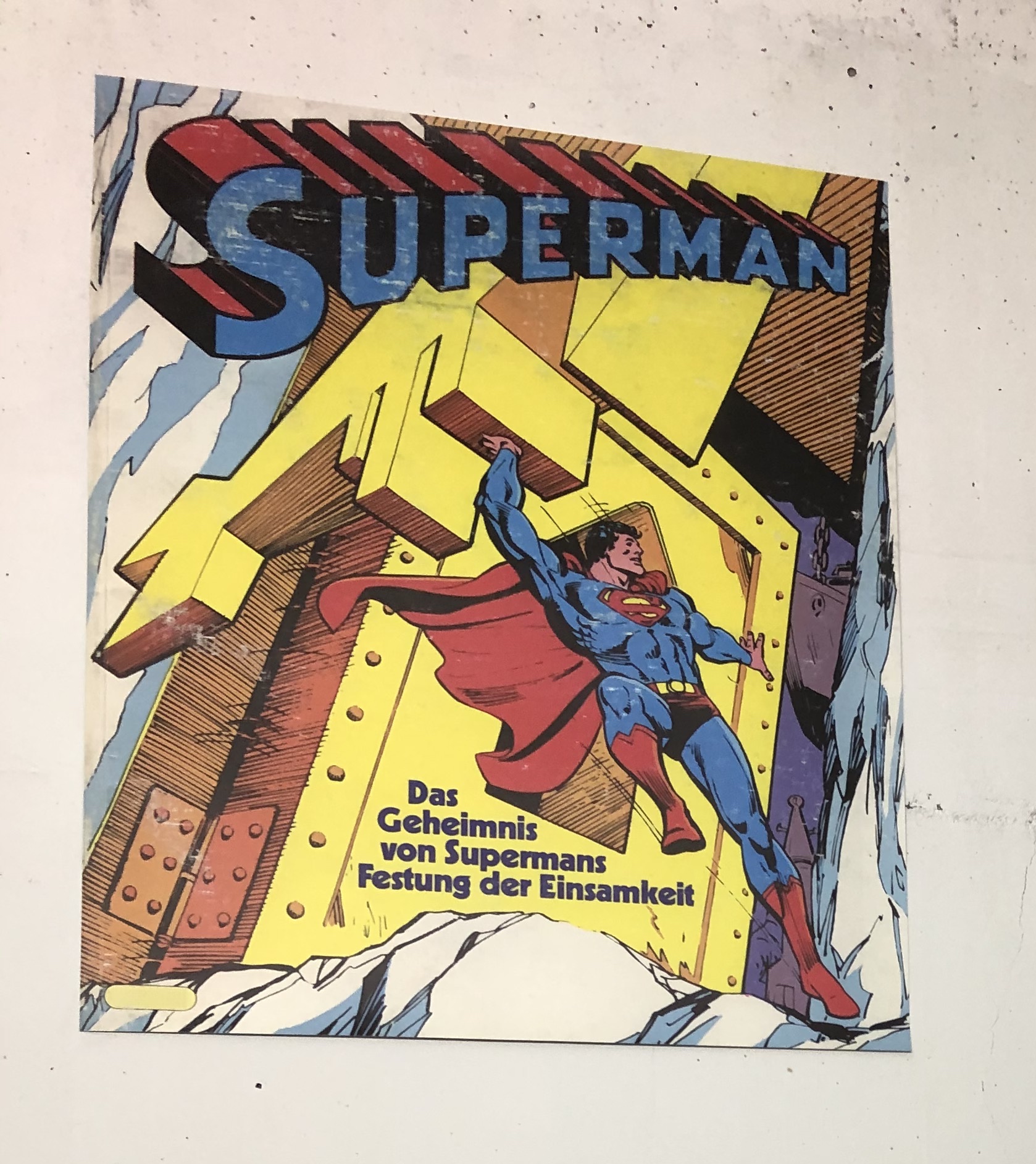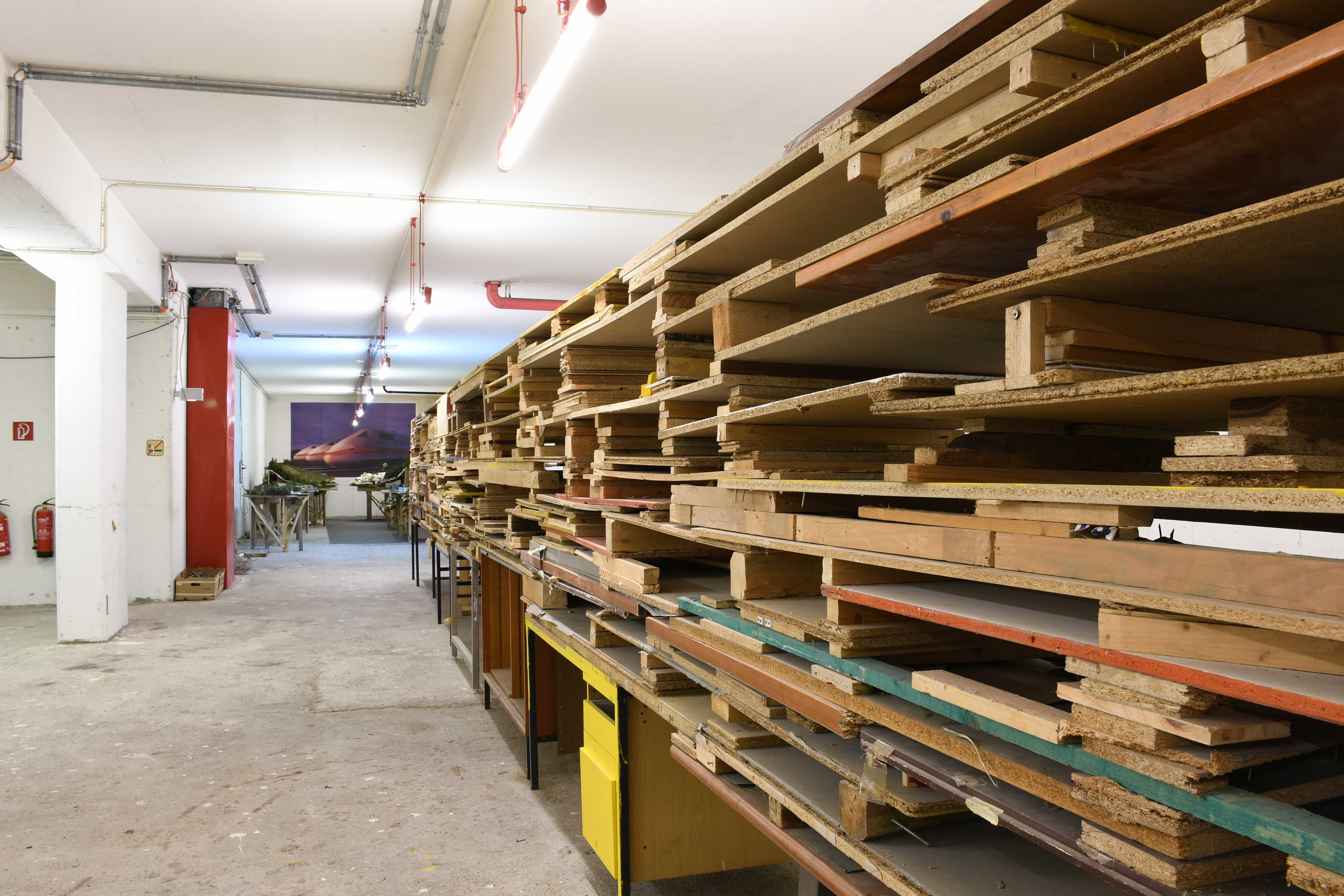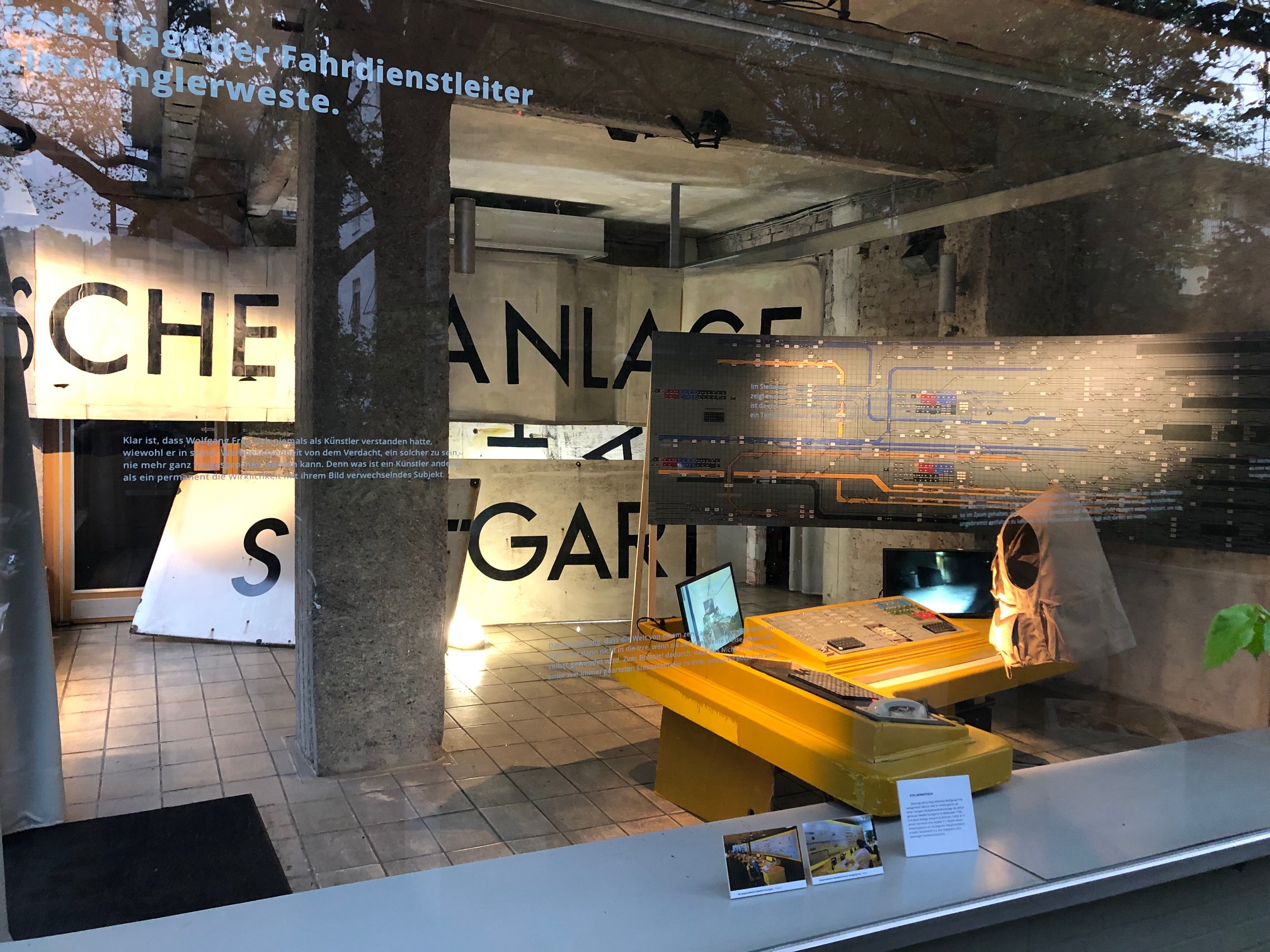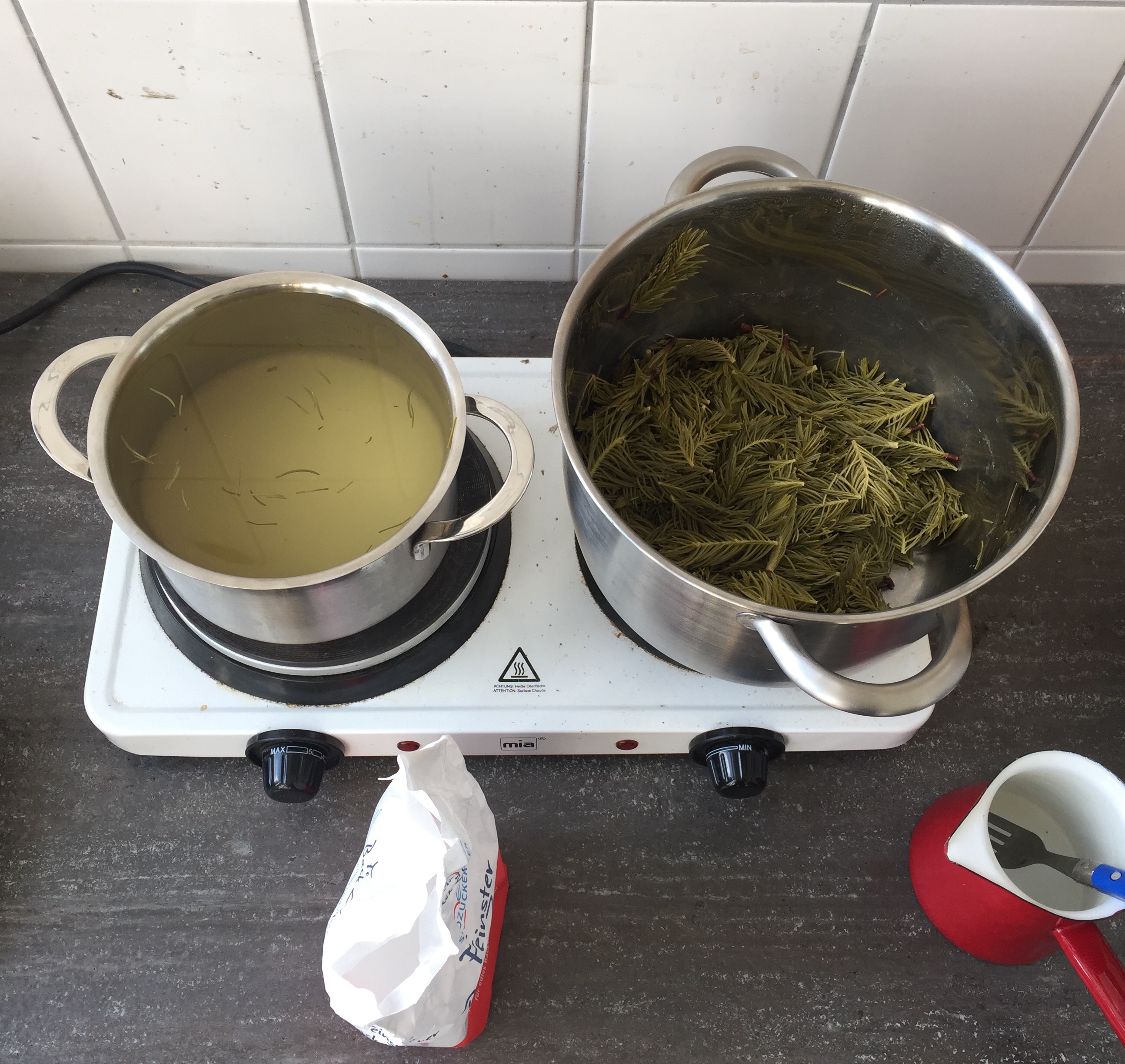CURRENTLY #09
12. September 2021

From the series »The irradiated hill«: Strahlung/Wellen/Fragmente
A small expedition enters the huge cavity in Ameisenberg left by 40 million liters of water in the former reservoir.
The electricity has been turned off for three hours for construction work, the light beams of the flashlight illuminate the way for the group, intensifying the concentration on the audible. The soundtrack is provided by the Shakuhachi and the long reverberation of its notes. In my imagination, a ray goes straight ahead, from A to B , from the sun to the earth. However, when we speak of radiation in the physical sense, we are often dealing with waves. One characteristic of radiation can be its invisibility, which often causes discomfort, even though the effectiveness of radiation is not necessarily dangerous or harmful. The adjective "radiated" means contamination by radiation, as well as a state of rapture caused, for example, by the effects of psychoactive substances, spiritual experiences, or other influences that interfere with being with oneself and initiate a parallel state that is invisible to others.Another technique of invisibility is repression. Here, something that actually exists is brought out of the field of vision, in contrast to radiation, where seemingly non-existent things can be seen and experienced.
A hill is a naturally formed, or an artificially created elevation in the landscape, it is smaller than a mountain and not much longer than wide.Man-made mounds, such as Celtic tombs or spoil heaps, automatically have a cultural relevance, but inhabiting natural mounds also plays a role in cultural history, for example a strategic one, to be able to see in time who is coming and perhaps why. On the hill where our studio is located, it is very rare to hear the engine of a lawn mower, although there are many gardens in the area. Probably these gardens harbor few lawns or the lawn is not mowed and meadows grow, which are then cut with a scythe or grazed by cattle (geese, cows) or the grasses die, compost and become fertilizer for the following generations of vegetation in an infinite cycle. As well as for the Sequoiadendron, for which this cycle has been repeated for over 100 years and which is in direct competition with the building on the grounds of Villa Hauff, thus representing a counter-model to it and above all to the bunker and passage system (which, according to speculation, is said to be located under the villa).Speculation, legend and myth are not the same thing, but they are related in some way.
Claude Lévi-Strauss wrote: Myths have no author, as soon as they are perceived as myths, whatever their origin, they exist only embodied in a tradition. When a myth is told, the listeners receive a message that actually comes from nowhere; this is the reason why it is attributed a supernatural origin.


